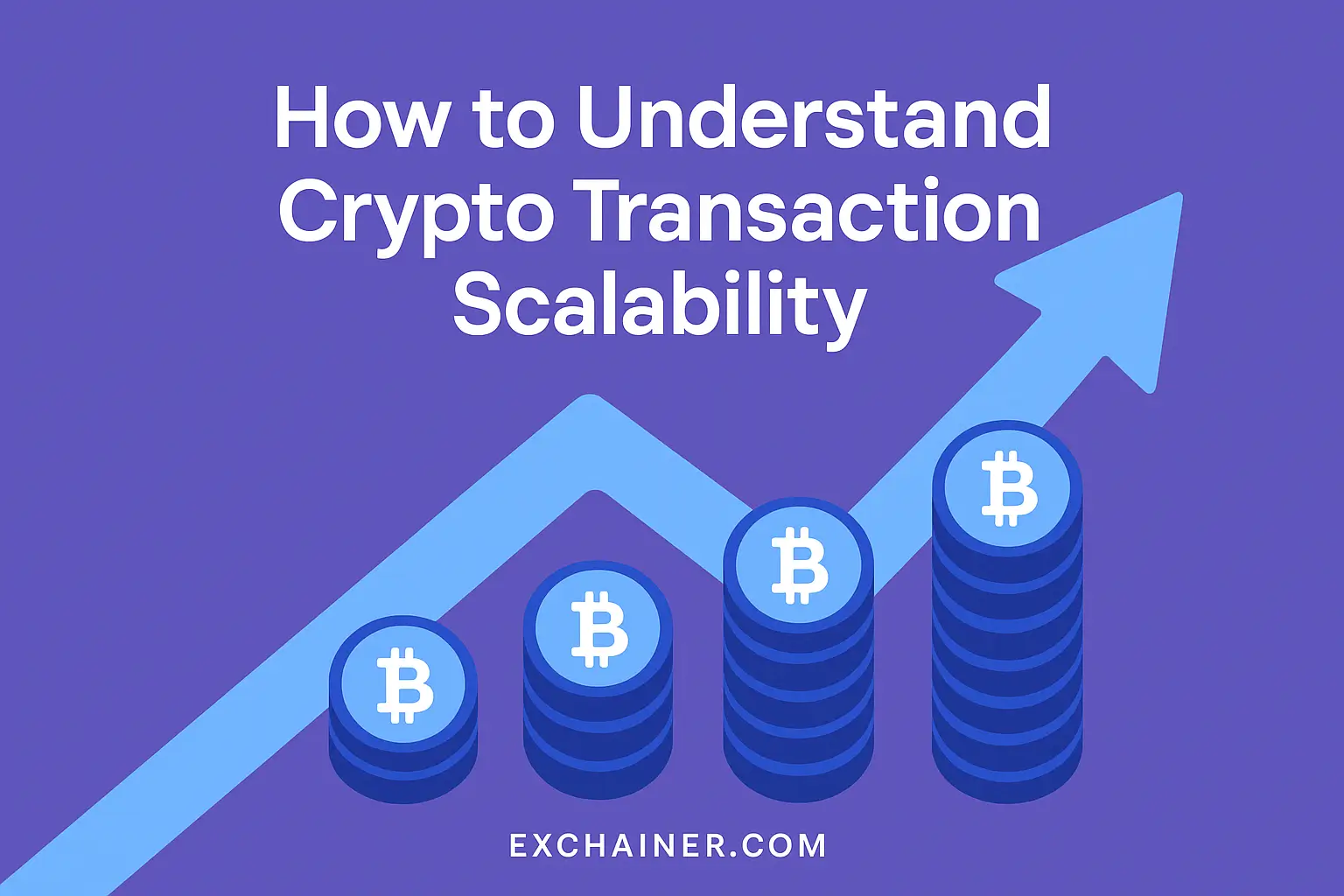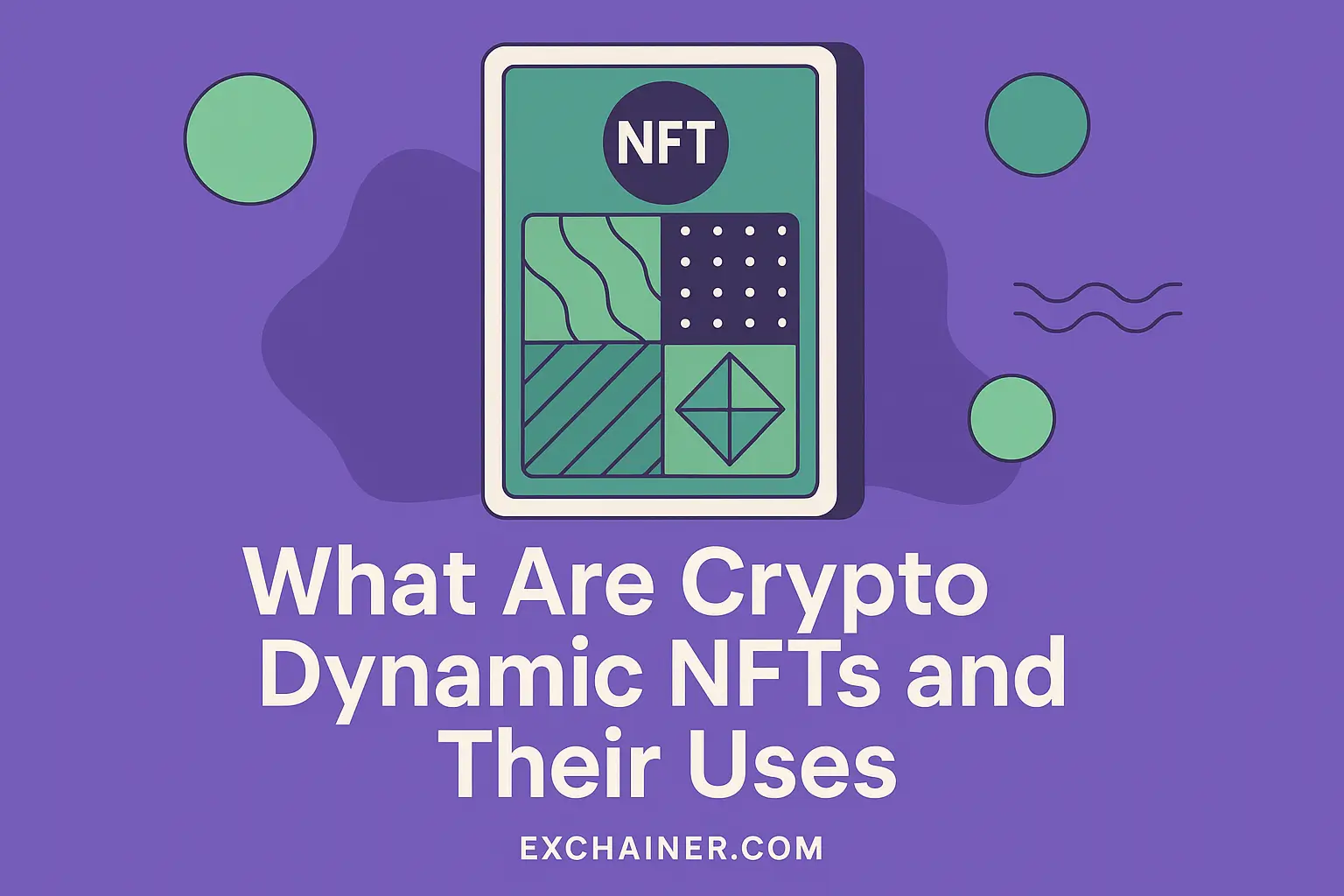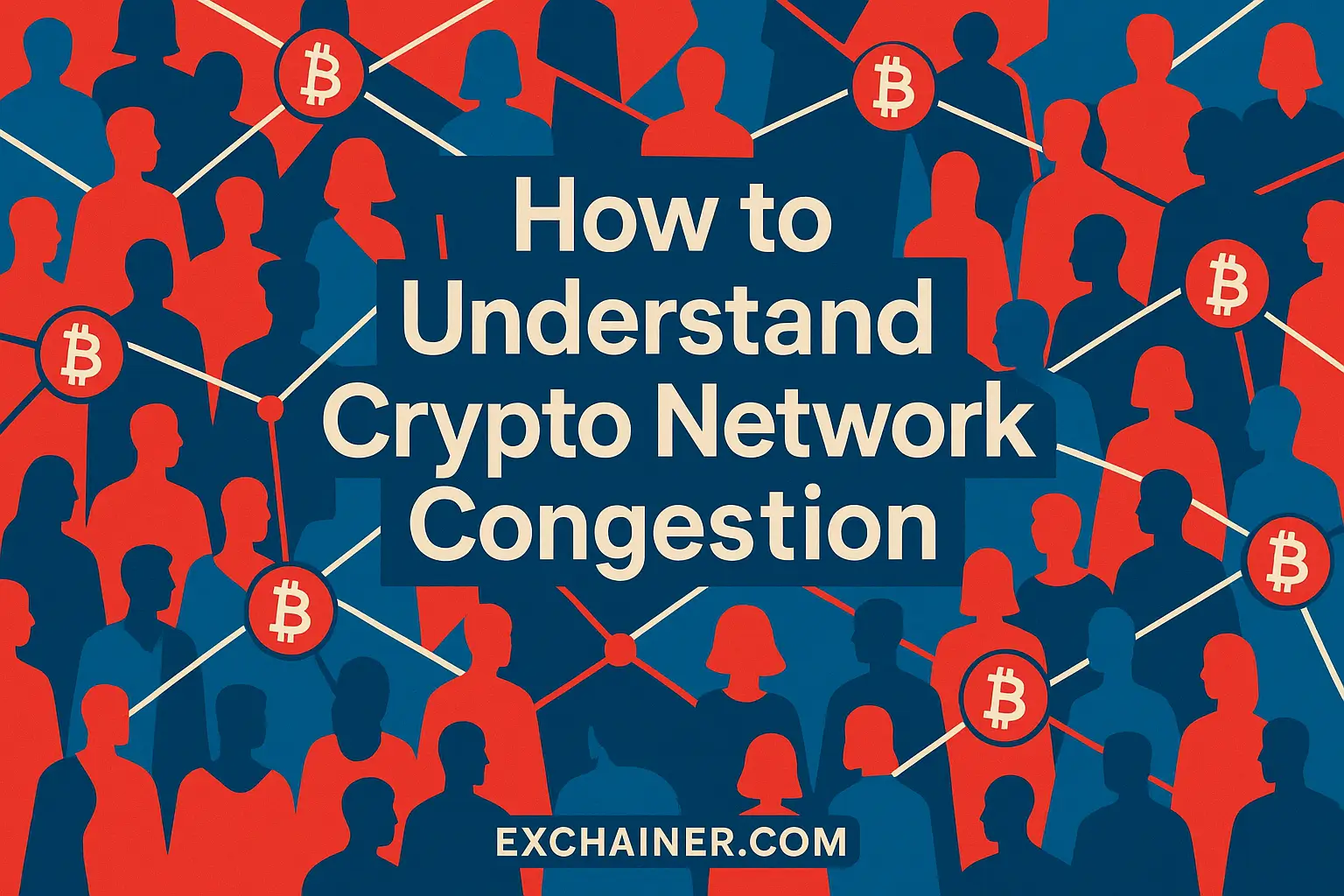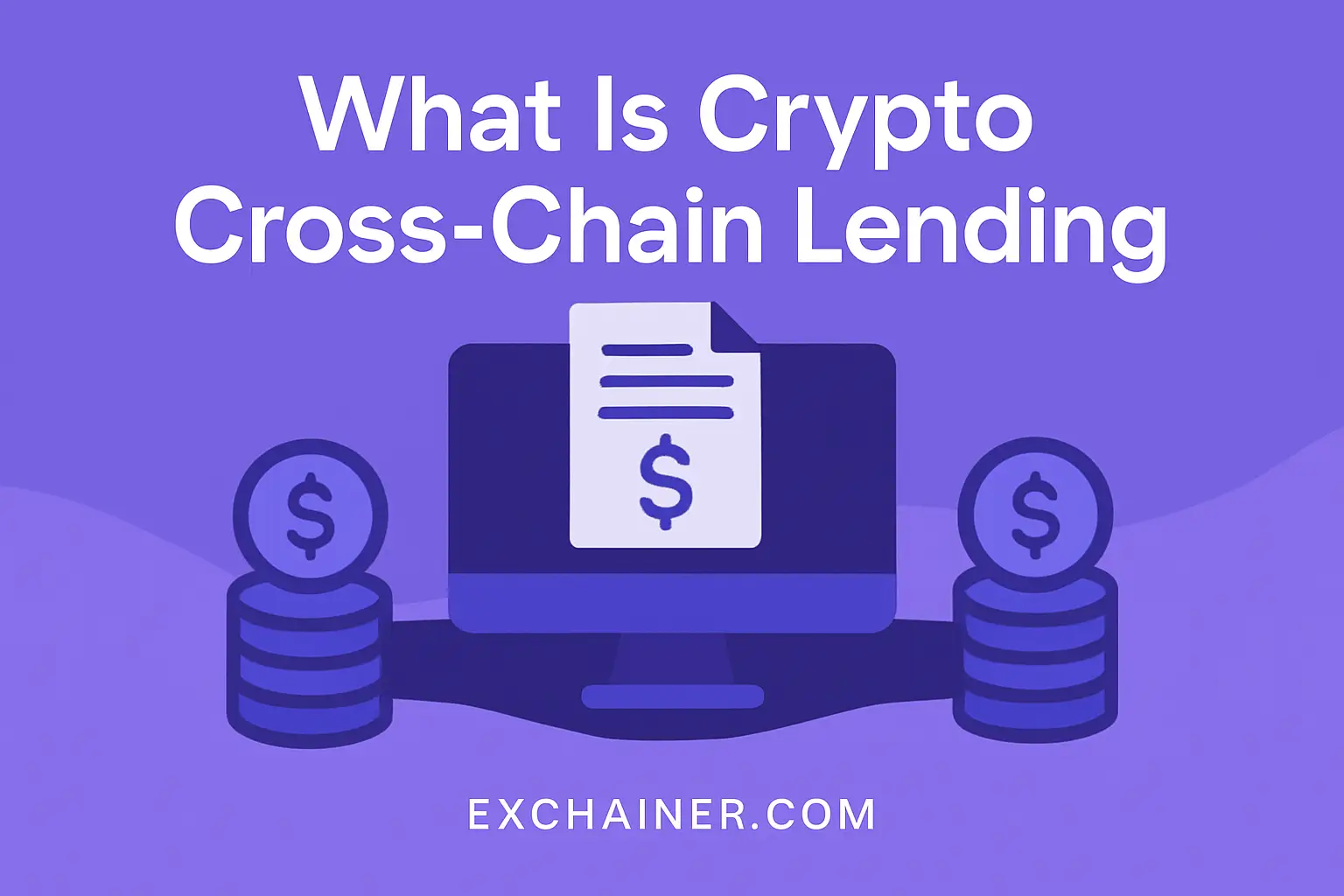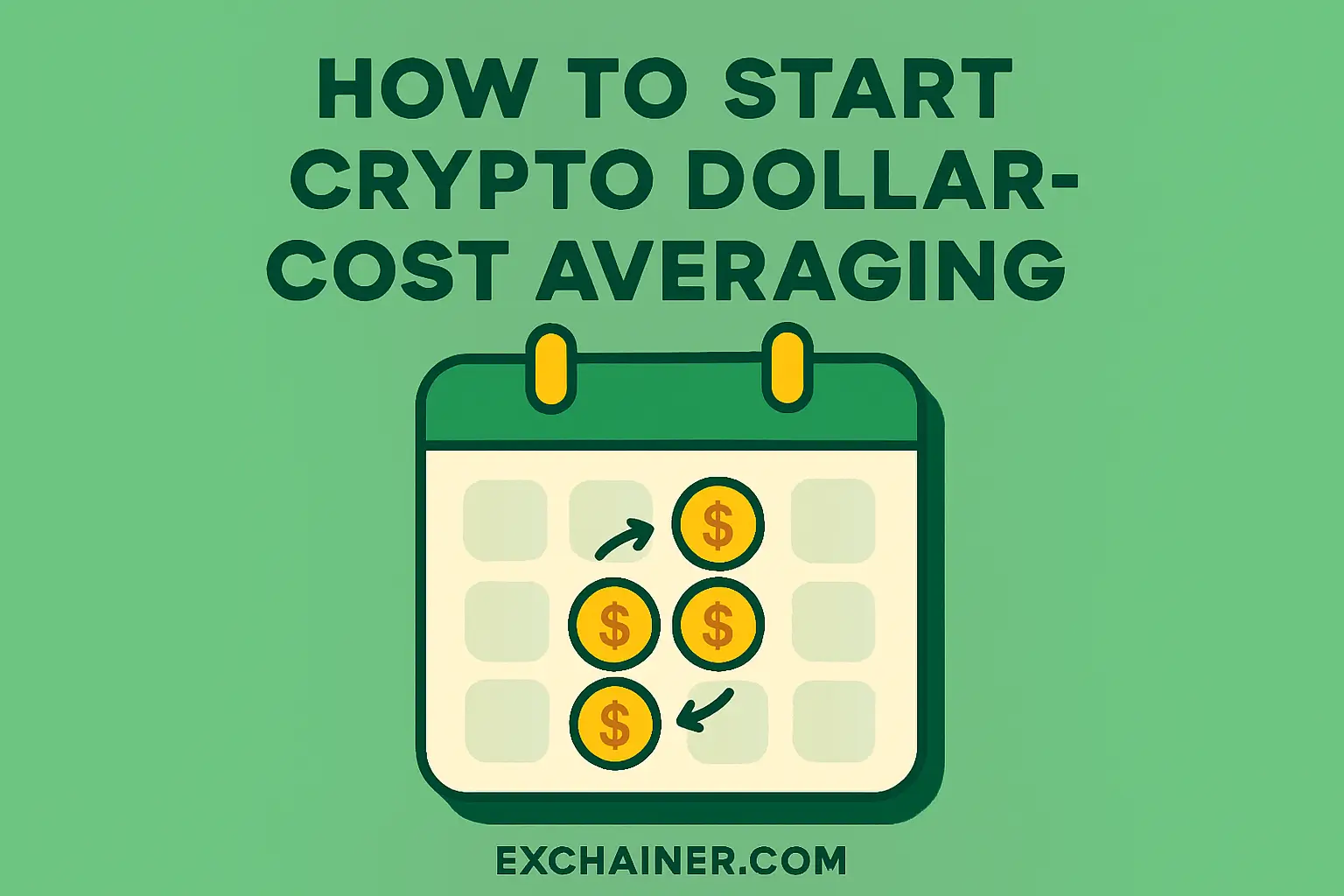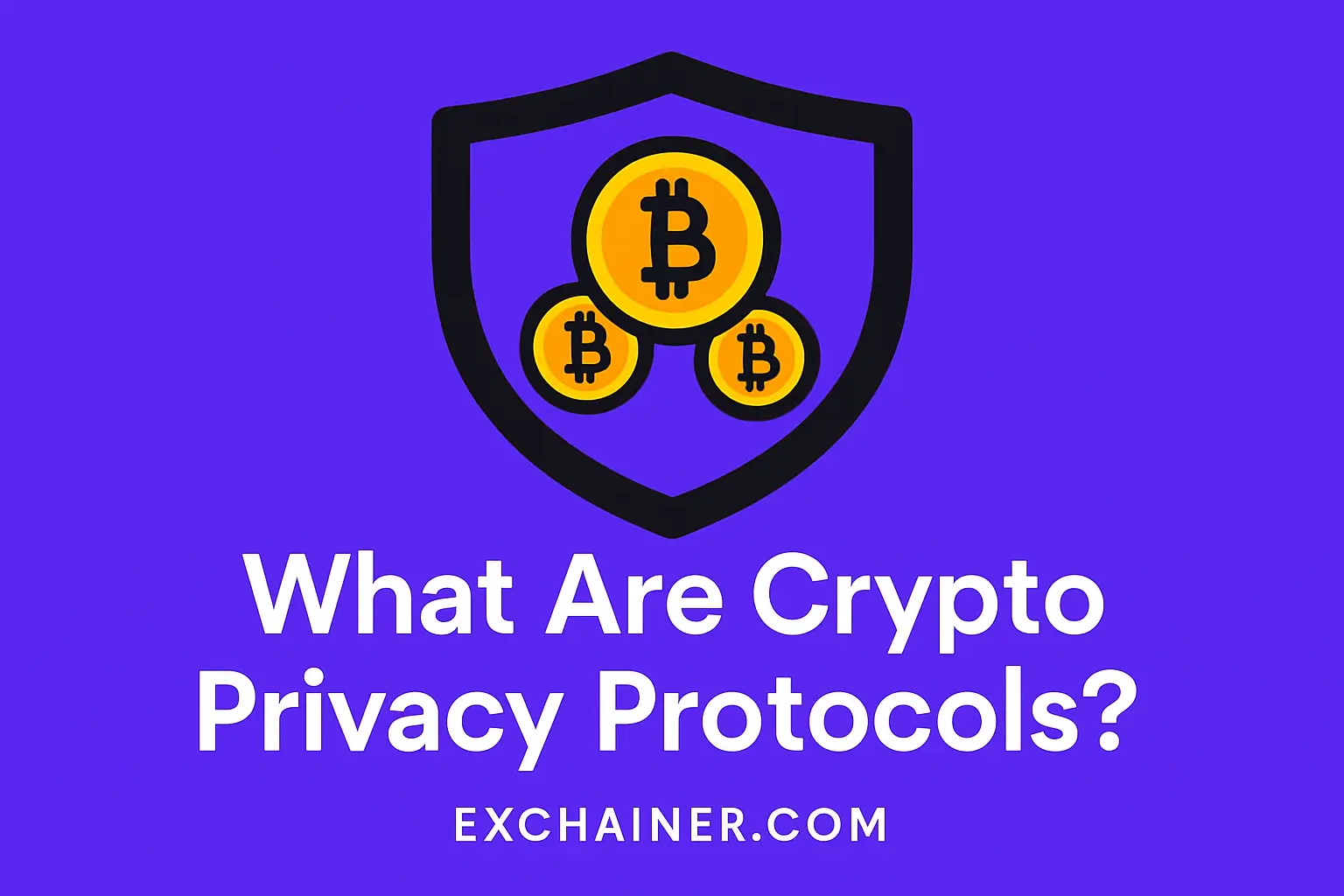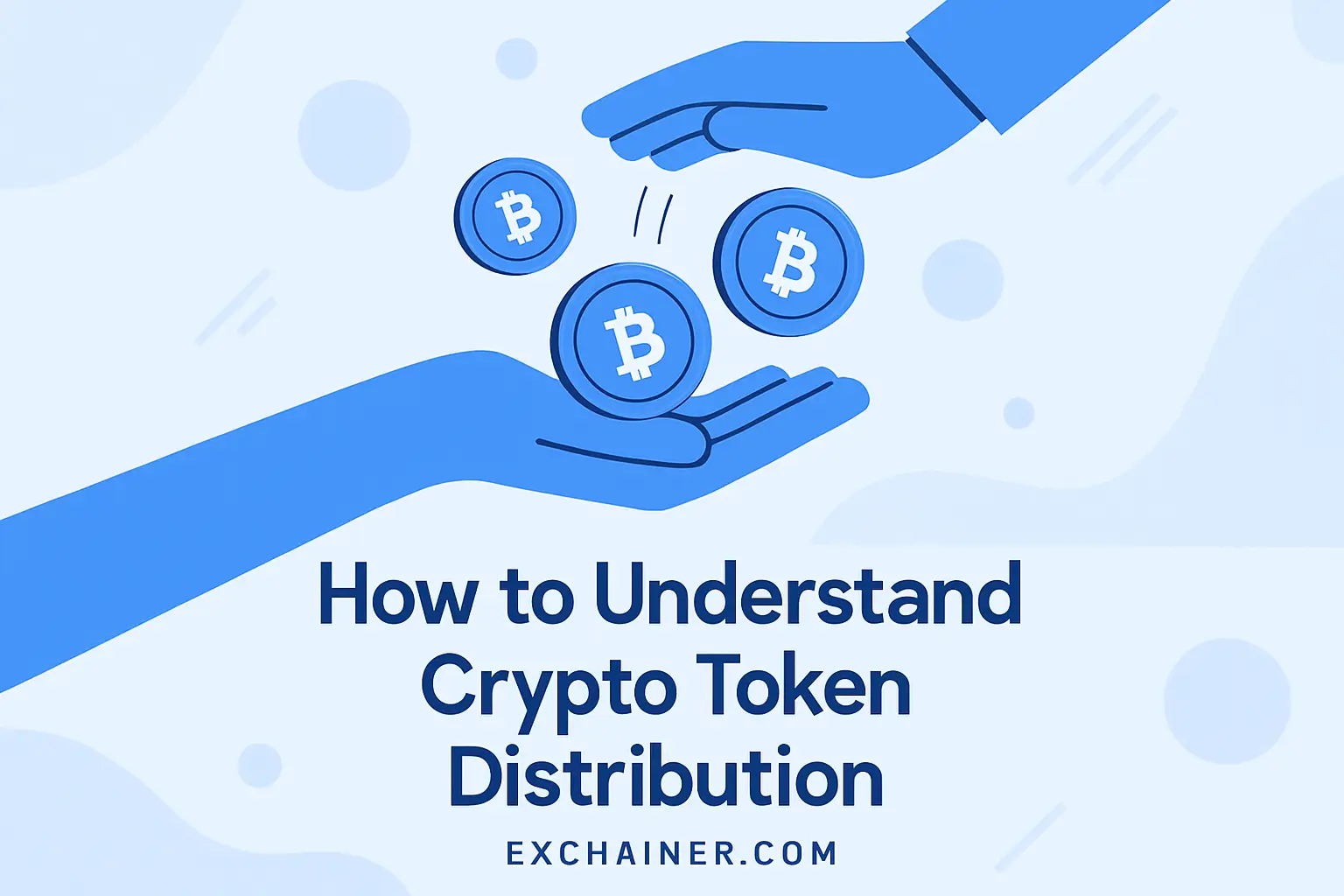Understanding the Importance of Transaction Scalability in Crypto
Friends, if you’ve ever wondered why some cryptocurrency transactions feel sluggish and costly while others breeze through in seconds, you’re not alone. Transaction scalability is at the heart of this puzzle. Understanding this concept is essential, whether you’re a beginner intrigued by the idea of digital currency or someone already trading and looking to deep-dive into crypto mechanics. In simple terms, transaction scalability relates to how well a blockchain network can handle increasing numbers of transactions efficiently without slowing down or exploding fees.
Imagine trying to fit rush-hour traffic through a narrow alley. That’s what happens when a blockchain lacks scalability—it gets jammed. As more users flood the network, delays and high transaction costs emerge, making it frustrating for everyone involved. This is a vital topic because it impacts not only everyday users but also big businesses eyeing cryptocurrencies as real-world payment systems. After all, what good is a crypto currency if sending it takes forever or costs a fortune?
In this article, we’ll break down what transaction scalability means, why it is one of the critical challenges in crypto today, and how developers are innovating to solve it. By the end, you’ll feel confident navigating this essential part of cryptocurrency knowledge and making smarter choices when trading or investing. Plus, I’ll share practical examples to keep things grounded. Ready? Let’s crack this together.
What Exactly Is Transaction Scalability?
Before we get too deep, let’s define the concept in clear, simple terms. Transaction scalability refers to a blockchain’s ability to process a large number of crypto transactions quickly and cheaply. When we talk about scalability in the crypto world, we are mainly concerned about improving three main factors often called the "scalability trilemma": speed, cost, and decentralization.
When a blockchain network has low transaction scalability, you’ll notice a few things:
- Transactions take longer to confirm.
- Fees become higher as users compete to have their transactions included.
- Network congestion can lead to failed or stuck transactions.
The classic example is Bitcoin. It was revolutionary, but its blockchain can process roughly 7 transactions per second. Compare that to payment giants like Visa, which pushes through more than 24,000 transactions per second—that’s a massive difference. This gap is why transaction scalability has become a buzzword in crypto discussions.
One way to visualize this is by comparing a busy highway with few lanes (Bitcoin’s original blockchain) versus a superhighway with multiple lanes (a highly scalable blockchain). The wider and more efficient the highway, the faster traffic flows, right?
Why Does Transaction Scalability Matter So Much?
Think about everyday payments. Imagine trying to buy a coffee, and the payment is stuck for an hour because the network is overloaded. Not ideal! As cryptocurrencies aim to replace or complement traditional financial systems, they must handle lots of transactions without bottlenecks. This usability factor is where scalability becomes a make-or-break feature.
Besides convenience, transaction scalability affects:
- Adoption: If too many people experience slow or expensive transactions, they might give up.
- Security: Sometimes networks compromise decentralization to improve speed, which can expose vulnerabilities.
- Innovation: New crypto applications like DeFi (decentralized finance) and NFTs depend on smooth transaction flow to work effectively.
Don’t get me wrong—there’s always a trade-off in blockchain design, but the goal is to improve scalability without sacrificing core crypto values like security and decentralization.
How Do Blockchains Handle Transaction Scalability?
Let's dive into the tech part without getting too geeky. Blockchain developers use a variety of techniques and strategies to boost transaction scalability.
On-Chain Scaling Solutions
On-chain methods change the blockchain protocol itself to process more transactions per second. Some popular solutions include:
- Increasing block size: Bigger blocks allow more transactions to be packed into each one. Bitcoin Cash, for example, increased block sizes to speed things up.
- Sharding: This involves splitting the blockchain into smaller "shards," each handling part of the transactions independently, reducing network congestion.
- Consensus algorithm improvements: Some blockchains move away from energy-heavy Proof of Work (PoW) to faster algorithms like Proof of Stake (PoS), which can process transactions quicker and with less power.
Each of these methods attempts to push more traffic through the network while keeping it secure.
Off-Chain Scaling Solutions
Off-chain solutions handle transactions outside the main blockchain but still rely on its security. Two main examples are:
- Lightning Network: For Bitcoin, this is a popular second-layer solution that opens payment channels between users, allowing instant, low-cost transactions without waiting for blockchain confirmation every time.
- Sidechains: These run parallel to the main blockchain and can process transactions independently, then settle totals back to the main chain.
Off-chain solutions are like building express lanes next to the main road, easing congestion and speeding things up.
Hybrid Approaches and Emerging Technologies
Some networks combine on-chain and off-chain techniques, or they innovate further with technologies like:
- Rollups: Rollups bundle many transactions together off-chain and then submit as a compressed batch to the main chain. Ethereum’s rise in rollup technologies, such as Optimistic and ZK-Rollups, is boosting its scalability in 2024.
- Layer 2 solutions: These build on top of existing blockchains to improve speed and lower fees, often integrating both on-chain and off-chain mechanics.
You get the idea—developers are actively experimenting to find a perfect balance.
Challenges and Trade-offs Surrounding Transaction Scalability
Now, here’s the catch that every crypto enthusiast has heard about—the scalability trilemma. It’s a concept coined by Ethereum’s founder Vitalik Buterin, explaining the complex balance between scalability, security, and decentralization.
If a blockchain tries to maximize scalability by increasing block size dramatically, it risks becoming more centralized. Why? Because larger blocks mean full nodes need more storage and bandwidth, excluding smaller operators and reducing the number of participants securing the network.
On the flip side, keeping strong decentralization limits how fast transactions can be processed.
So, achieving transaction scalability isn't just about speed; it’s about finding a balance that protects users and network integrity.
Practical Example: Comparing Bitcoin and Solana
Bitcoin is known for exceptional security and decentralization but struggles with low throughput. Solana, on the other hand, has designed its protocol with scalability in mind, boasting claims of up to 65,000 transactions per second.
However, Solana faced network outages in the past, showcasing how prioritizing speed impacts overall stability and decentralization. It’s a trade-off: do you want maximum decentralization with limits on scalability or very high speed with some centralization risks?
Understanding these examples helps you appreciate why transaction scalability is never a one-size-fits-all solution.
Smart Tips to Navigate Scalability for Crypto Users and Traders
When dealing with cryptocurrencies, especially if you're trading or sending funds, knowing about transaction scalability can save you time and money. Here are some practical tips:
-
Choose the right blockchain: Depending on how fast and cheap you need your transactions, pick blockchains with better scalability like Binance Smart Chain, Solana, or Polygon for everyday transactions.
-
Use Layer 2 solutions: For Ethereum users, solutions like Polygon or Arbitrum can speed up transactions and reduce gas fees dramatically.
-
Monitor network fees and congestion: Before sending transactions, check blockchain explorers or fee trackers so you avoid high fees during network congestion.
-
Stay updated on protocol upgrades: Many blockchains regularly upgrade to improve scalability. Keeping an eye on announcements helps you adjust your strategies accordingly.
-
Understand transaction types: Different transactions (simple transfers vs. complex smart contracts) have different scalability impacts. Simpler transfers typically process faster.
Remember, investing in knowledge about transaction scalability can significantly enhance your crypto trading or usage experience.
Conclusion: Why Transaction Scalability Matters and How to Take Advantage
Friends, grasping the concept of transaction scalability is essential if you want to navigate the crypto world like a pro. It’s the backbone that determines how well cryptocurrencies can compete with traditional payment systems or scale up for the future. While no blockchain has solved all scalability issues perfectly yet, ongoing innovations like the Lightning Network, rollups, and sharding bring us closer to faster, cheaper, and more accessible digital currency use.
As you explore cryptocurrencies, remember the trade-offs involved—increased speed often means less decentralization, so choose your networks and tools wisely. Whether you’re sending a quick payment or investing in DeFi platforms, understanding transaction scalability helps you avoid pitfalls like high fees or slow confirmations.
Curious to learn more or ready to dive into crypto trading safely? Check out our beginner-friendly guides and detailed reviews on Crypto 101, explore trustworthy platforms in our Exchange Reviews, and discover handy wallets and tools to up your game at Tools and Wallets.
Remember what Bill Gates said about innovation: “We always overestimate the change that will occur in the next two years and underestimate the change that will occur in the next ten.” In crypto, transaction scalability is one of those long-term game-changers to watch closely. Ready to take that next step? The future of digital currency is right at your fingertips.
Internal Links:
Crypto 101
Exchange Reviews
Tools and Wallets
External Links:
For more on blockchain performance statistics, visit CoinMarketCap.
Learn about Ethereum’s rollup technologies at the official Ethereum developer portal.

